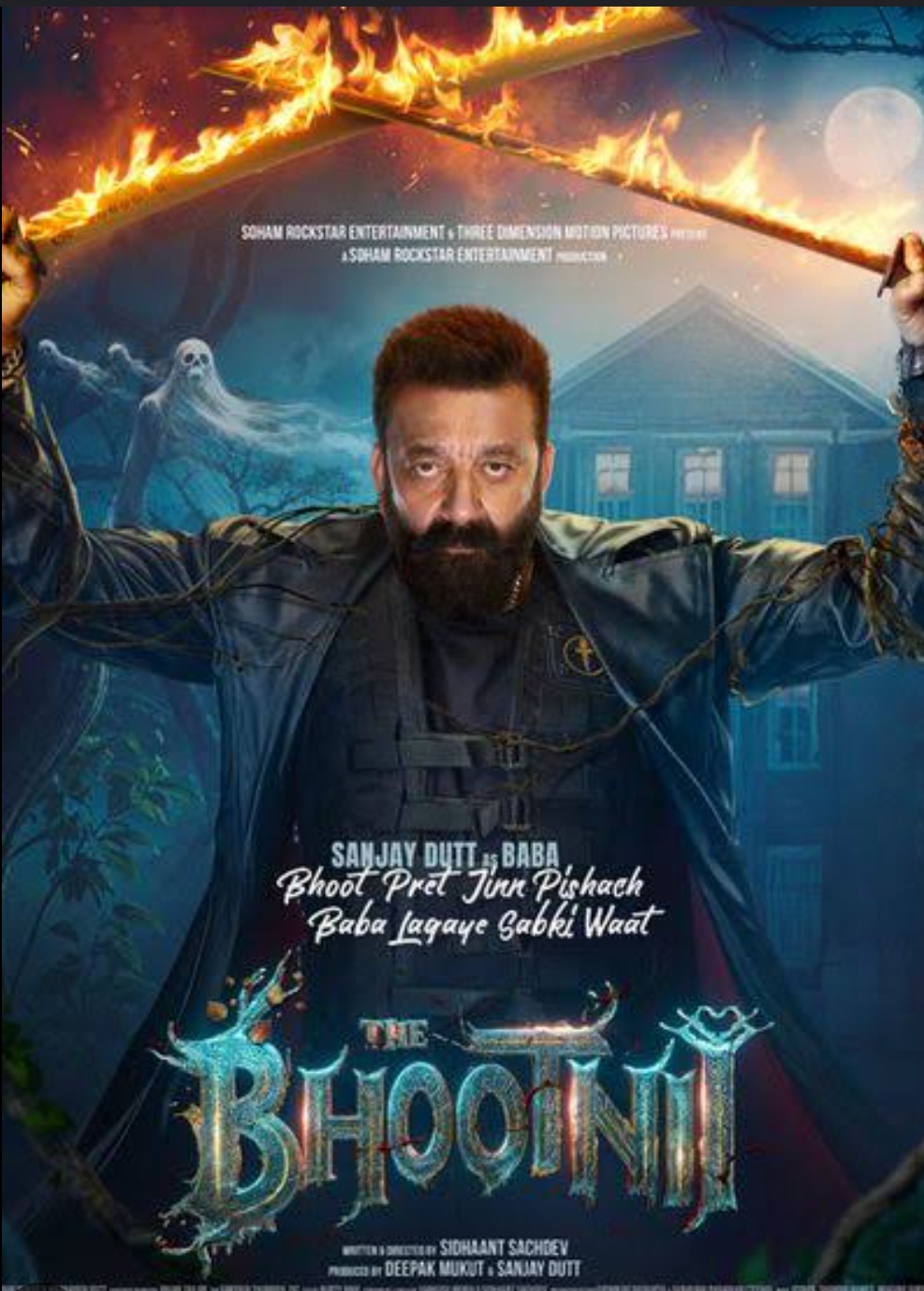Introduction
Chander Pahar (translated as Mountain of the Moon) is one of the most iconic adventure novels in Bengali literature, written by Bibhutibhushan Bandyopadhyay in 1937. It tells the thrilling tale of a young Bengali man named Shankar, who embarks on a dangerous and dream-filled journey across Africa. But many readers still wonder — Is Chander Pahar based on a true story? Let’s uncover the reality behind this legendary tale.
The Story of Chander Pahar in Brief
Shankar Roy Chowdhury, a 20-year-old from rural Bengal, dreams of becoming an explorer like Livingstone and Marco Polo. Rejecting a dull job at a jute mill, he travels to Africa and works for the Uganda Railway.
His life changes when he meets Diego Alvarez, a Portuguese explorer searching for a mythical diamond mine guarded by a legendary creature called the Bunyip. Together, they set out on a perilous expedition through lion-filled forests, snake-infested deserts, and uncharted mountains — a journey of survival, courage, and self-discovery.
Is Chander Pahar a Real Story?
Short answer: No — Chander Pahar is a work of fiction, but it’s rooted in real research and inspired imagination.
Real Elements in the Novel
- African geography: The “Mountain of the Moon” refers to the Ruwenzori Mountains in Central Africa, once believed to be the source of the Nile River.
- Natural dangers: Man-eating lions, black mambas, and treacherous landscapes are all real threats in African wilderness.
Fictional Elements
- Shankar and Diego Alvarez: Entirely fictional characters.
- The Bunyip: A mythical creature from Australian folklore, used here symbolically.
- The diamond mine: Imaginary, representing the lure of adventure and risk.
Despite never visiting Africa, Bibhutibhushan Bandyopadhyay used explorer diaries, maps, and colonial travel logs to create a stunningly believable world — a blend of fact and fantasy.
Cultural Impact and Legacy
1. Literary Significance
Chander Pahar revolutionized Bengali literature by introducing the adventure genre. It remains a bestseller in Bengal and is considered a rite of passage for young readers.
2. Film Adaptation
In 2013, director Kamaleshwar Mukherjee adapted the novel into a big-budget Bengali film starring Dev as Shankar. Shot in South Africa, the movie revived public interest in the story and introduced it to a global audience.
Key facts:
- Budget: ₹15 crore
- Box office: ₹22.5 crore
- Shot in: Kruger National Park, Kalahari Desert
- Reception: Praised for visual storytelling and faithfulness to the novel
3. Influence on Travel and Tourism
The movie and book inspired a wave of African tourism among Bengali travelers, particularly to destinations like:
- Kruger National Park
- Drakensberg Mountains
- Kalahari Desert
Tour agencies even launched “Walk in Shankar’s Footsteps” tour packages.
Why Chander Pahar Still Matters Today
Timeless Themes:
- Courage vs. Comfort: Shankar leaves safety behind to chase dreams.
- Man vs. Nature: The story respects the raw power of nature — very relevant today.
- Dreams and Identity: It’s a metaphor for modern self-discovery and purpose.
Inspiration for Dreamers
Shankar’s journey reminds us to:
- Chase our passions
- Embrace the unknown
- Stay curious and resilient
Even today, Chander Pahar is more than a story — it’s a call to break free from the ordinary and explore life fearlessly.
Conclusion
Though Chander Pahar is not a true story in the historical sense, it is real in emotion, imagination, and inspiration. It captures the eternal human desire to go beyond boundaries — geographical and personal. Bibhutibhushan Bandyopadhyay’s creation continues to inspire generations, not just in Bengal but across the world.
If you’ve ever dreamed of adventure, Chander Pahar will speak to your soul.


